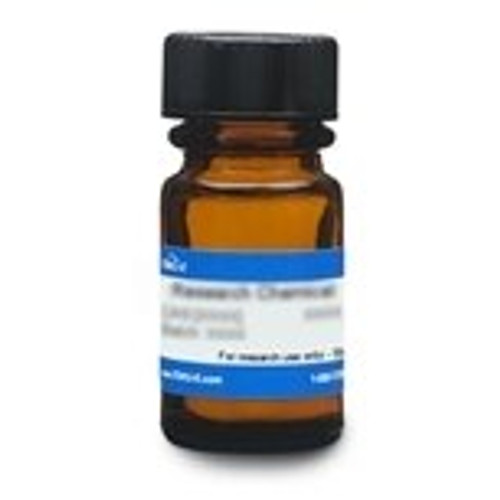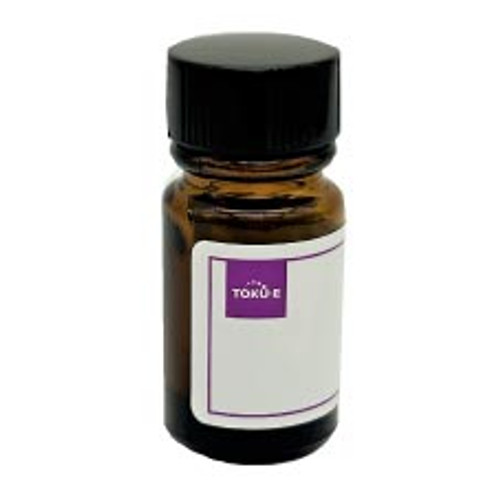Ceftizoxime Sodium is a third-generation cephalosporin with antibacterial activity similar to cefotaxime and moxalactam. It is not hydrolyzed by common plasmid and chromosomal β-lactamases. Ceftizoxime Sodium is soluble in aqueous solution.
SKU:
C021
/
CAS Number:
68401-82-1
Ceftizoxime Sodium is a third-generation cephalosporin with antibacterial activity similar to cefotaxime and moxalactam. It is not hydrolyzed by common plasmid and chromosomal β-lactamases. Ceftizoxime Sodium is soluble in aqueous solution.




